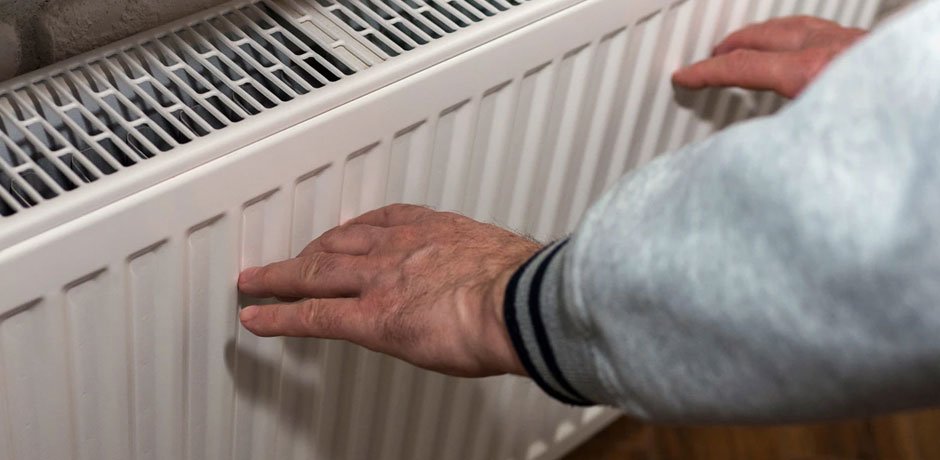If you’ve noticed that your radiator is not heating up as effectively as it should or if there are cold spots on your radiator, it’s likely that there is air trapped inside. Bleeding your radiator is a simple and effective way to remove this air and restore the efficiency of your heating system, whether you’re having issues with your column, vertical, or towel radiator. In this comprehensive guide, we’ll walk you through the steps involved in bleeding your radiator.
Step 1: Turn off your heating system
Before you begin, it’s important to turn off your heating system. This will ensure that the radiator is cool and safe to work on.
Step 2: Locate the bleed valve
Next, you’ll need to locate the bleed valve on your radiator. This valve is usually located at the top of the radiator and looks like a small square or hexagonal nut.
Step 3: Prepare your tools
In order to bleed your radiator, you’ll need a few tools. You’ll need a radiator key, which can be purchased at any hardware store, and a cloth or towel to catch any water that may come out of the radiator.
Step 4: Open the bleed valve
Insert the radiator key into the bleed valve and turn it anti-clockwise. You should hear a hissing sound as the air escapes from the radiator. Once the hissing stops and water starts to come out of the valve, use a cloth or towel to catch any water that comes out.
Step 5: Close the bleed valve
Once all of the air has been released from the radiator, use the radiator key to turn the bleed valve clockwise to close it.
Step 6: Check the pressure
After bleeding your radiator, it’s important to check the pressure in your heating system. If the pressure is too low, you may need to top up your system with water using the filling loop.
Step 7: Repeat the process
If you have more than one radiator in your home, you may need to repeat this process for each radiator. Start with the radiator that is furthest away from your boiler and work your way back towards the boiler.
Step 8: Turn your heating system back on
Once you’ve bled all of the radiators in your home, you can turn your heating system back on and check to make sure that all of your radiators are heating up properly.
Tips for Bleeding Your Radiator
Bleeding a radiator is straightforward and can be completed without the help of a plumber by following the above steps. Here are a few tips to keep in mind when bleeding your radiator:
- Bleeding your radiator can be messy, so make sure to have a cloth or towel on hand to catch any water that may come out of the radiator.
- Always turn off your heating system before bleeding your radiator to avoid the risk of burns or other injuries.
- Make sure to check the pressure in your heating system after bleeding your radiator. If the pressure is too low, you may need to top up your system with water using the filling loop.
- If you’re unsure about how to bleed your radiator or if you’re experiencing any other issues with your heating system, it’s always best to consult a professional.
Bleeding your radiator is a simple and effective way to improve the efficiency of your heating system. By following the steps outlined in this guide, you can easily remove any trapped air from your radiator and restore its performance. If you’re experiencing any other issues with your heating system, it’s always best to consult a professional to ensure that your system is working safely and efficiently.






